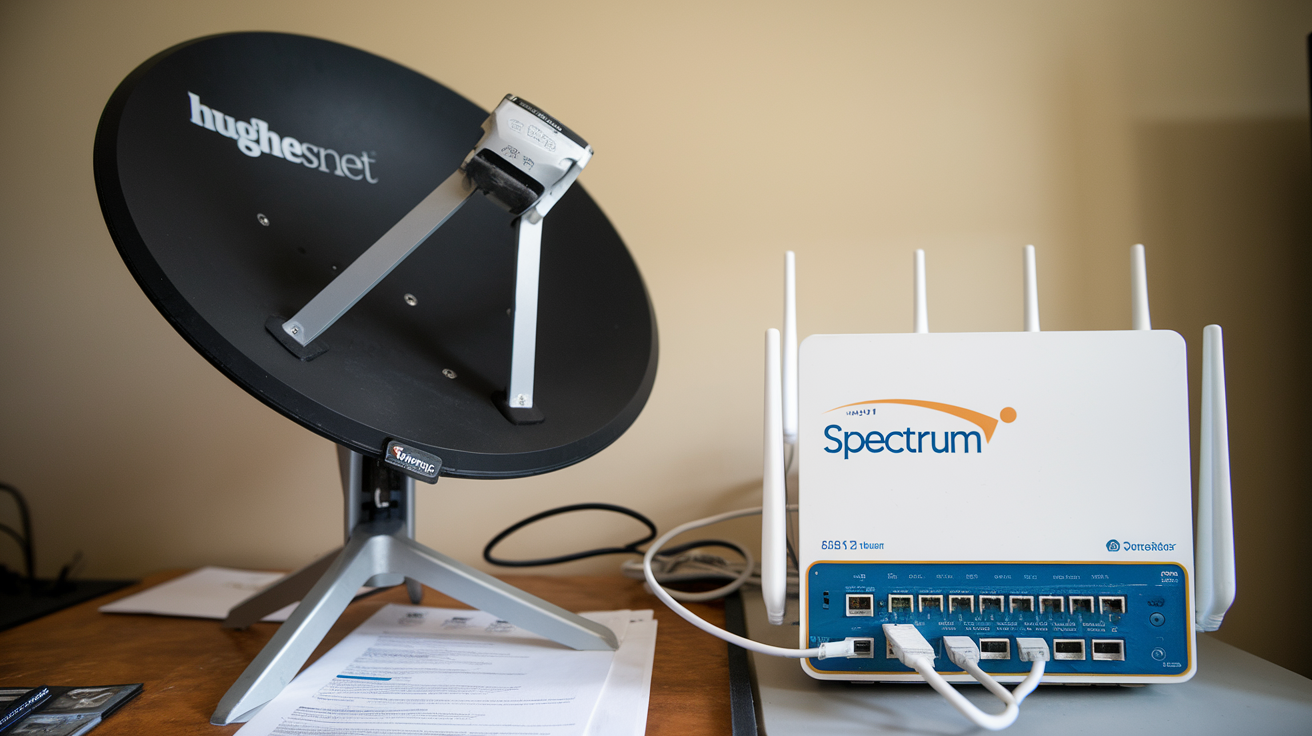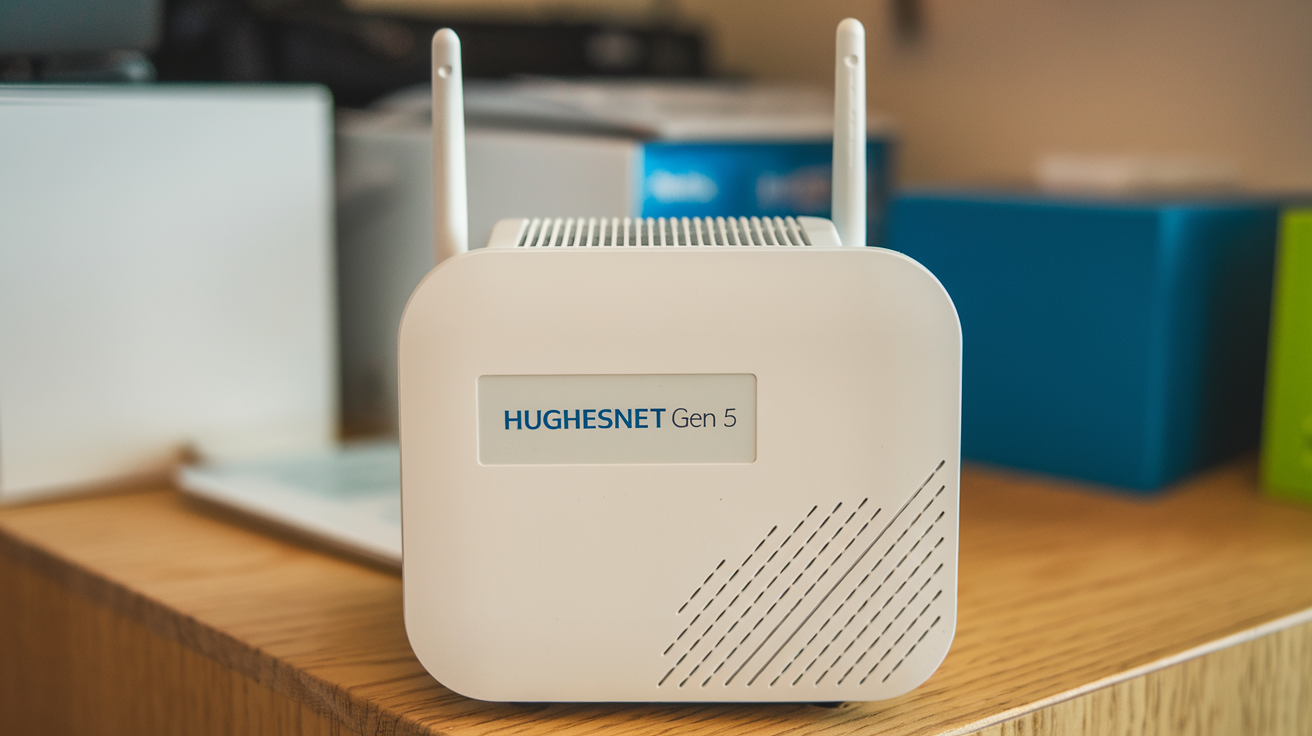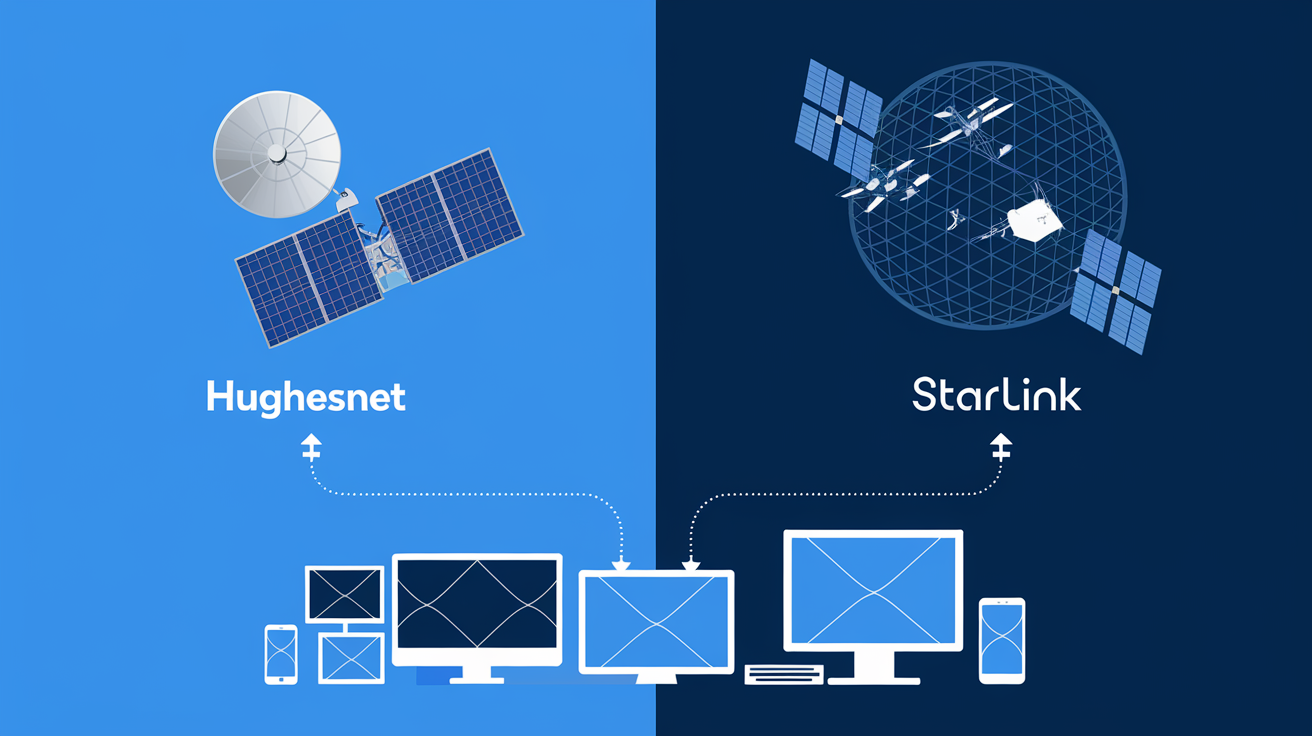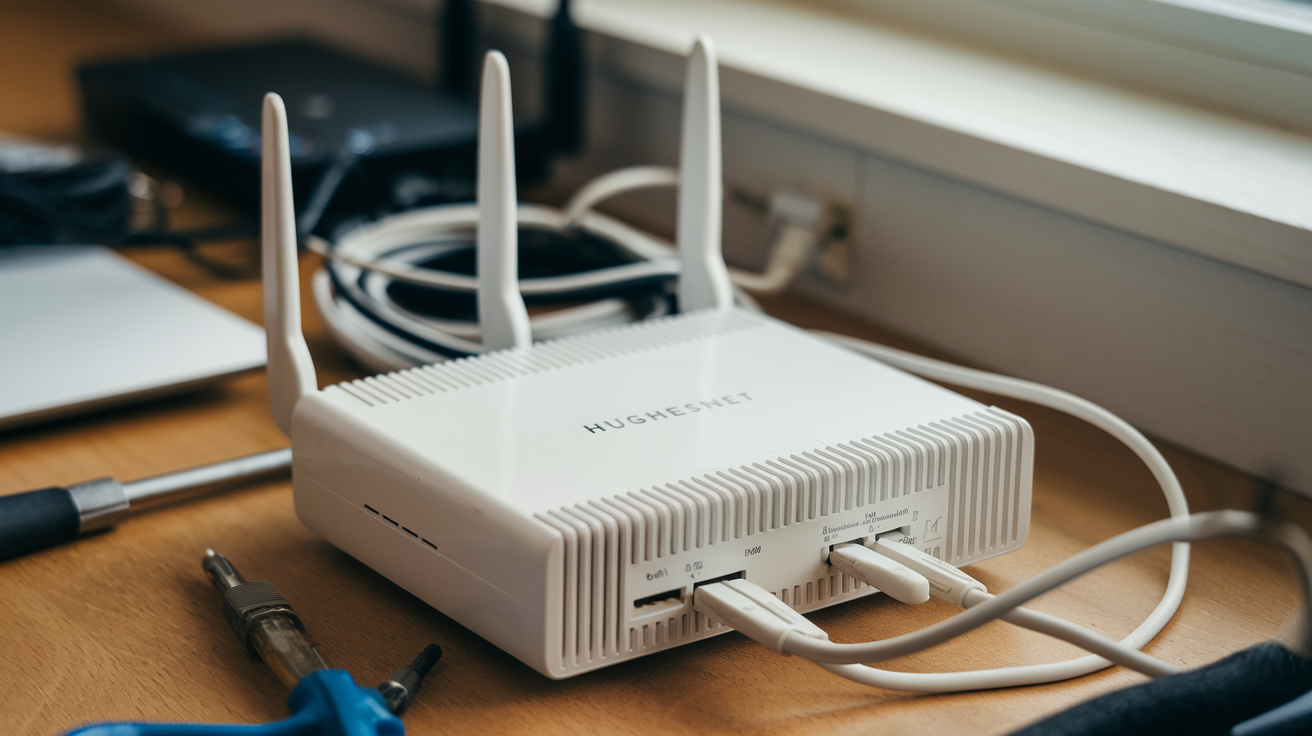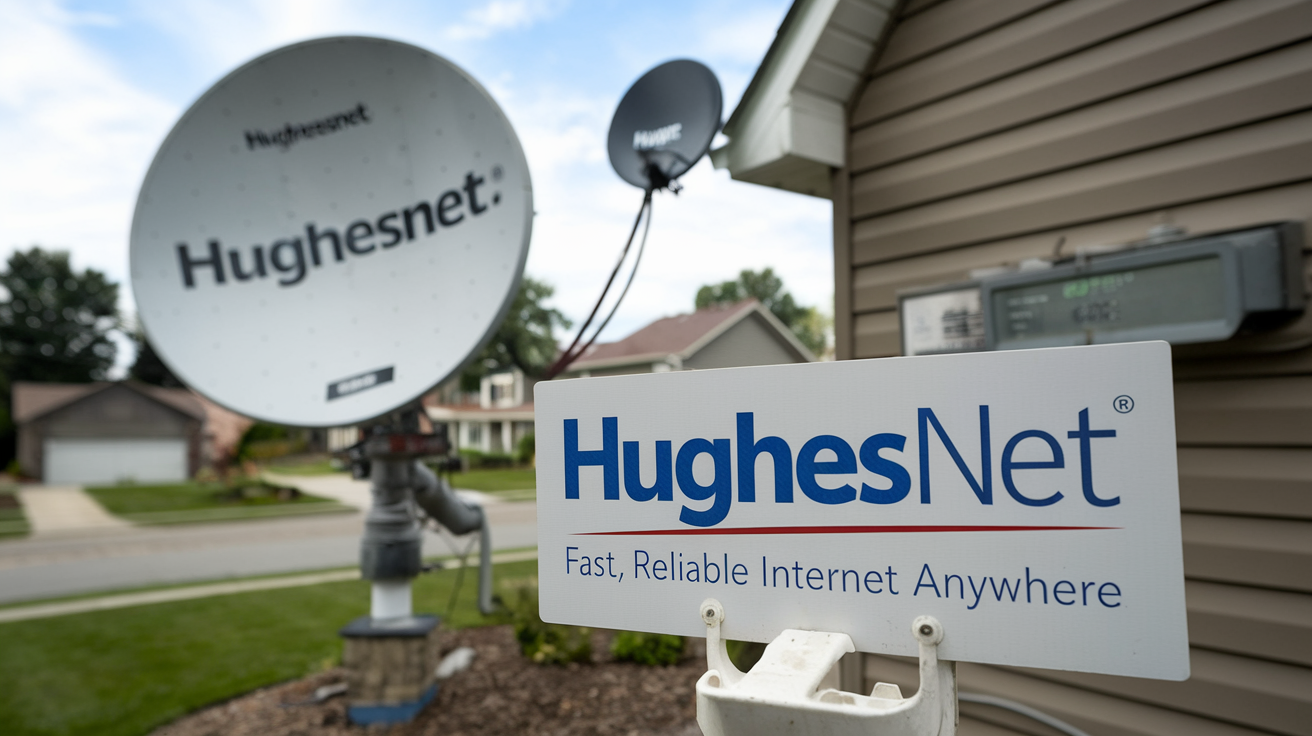-
Posted on: 08 Aug 2024

-
As few turned to cable and satellite TV services, streaming has grown to become more and more popular. As for now, streaming services still depend on a fairly stable and rather fast internet connection for a good streaming experience. This brings many to ask a question that can be asked in many different ways such as – is Hughesnet satellite internet fast enough for streaming, etc? Well, let’s look at this more in detail.
The kind of speed that is required for streaming also depends on the type of stream whether it is high, medium, or low quality.
Many professionals advise a minimum broadband connection of 5 Mbps for streaming video from services such as Netflix, Hulu, Disney+, and more, at the standard definition setting. Here are some streaming speed guidelines:
- SD quality video (480p): It is recommended that it should be at least 3-5 Mbps.
- HD quality video (720p/1080p): For broadband, the speed is preferably 5 – 10 + Mbps.
- 4K UHD quality video: This network connection should be a minimum of 25 Mbps (Netflix uses a preferred bandwidth of 50+ Mbps for 4K).
And for a reasonable standard definition of streaming, your internet service provider needs to have a consistent download speed of well over 5 Mbps. It is accurate that faster speeds unlock higher-quality streams.
Hughesnet Download Speeds
Hughesnet Gen5 plans, at the moment, boast download speeds of 25 MBps on lesser tier packages and 50 MBps on higher tier packages. However, again, we have two words that differentiate: advertise speeds.
A general finding is that customers are likely to experience even slower speeds than what satellite internet providers offer. Several factors impact real-life speeds with satellite internet:
- Data quota – Hughesnet Gen5 plans come with a data quota of between 20 to 50GB per month. Unfortunately, if a user goes over the monthly limit of data usage defined in the plan, the speeds are considerably reduced during specific hours of the day.
- Satellite capacity – Because there is limited space for frequencies, it means that at certain times the satellite may become full. This results in to slowdown for all subscribers as bandwidth is limited hence causing reduced speeds.
- Interference – Heavy rains, snow, and clouds affect the reception of satellite signals which may at times result in slow downloads.
- Distance – A signal must go to an orbiting satellite and then back to the ground thus there is more delay and latency. This may also affect speed test results and could slow down YouTube video streaming.
These results indicate that the majority of Hughesnet customer download speeds fall within a range of 5-15 Mbps and that the average customer experiences relatively slower-than-average speeds. It is usually sufficient for SD streaming, but customers won’t consistently get the 25-50 Mbps download speeds needed for HD or 4K streaming; let alone when data is capped.
Hughes FAQ: Does Hughesnet work well for streaming?
Unfortunately, Hughesnet is just not capable of offering the speeds needed for efficient streaming of an HD or 4K quality video, however, SD streaming most likely is possible at your specific speed. Light streaming users who rely on quality at a standard definition might not have many issues if their expectations are well managed.
However, Hughesnet has been reviewed to be slow for activities such as streaming Netflix, Hulu, YouTube TV, and the like. Data limits and slowed speeds pose significant challenges to streaming multiple episodes at once or for multiple nights in a day. The other related issues that are often voiced are video quality deterioration and increased buffering frequencies.
This is especially important when streaming with Hughesnet since the connection may not always be as constant as when using wired internet.
If you have Hughesnet and want the best streaming experience possible, keep these tips in mind:
- Minimize internet usage to ensure a significant portion of the allowance is saved for streaming services.
- Reduction of allowable connections at the same time across devices
- Try to avoid rush hours when most of the subscribers access the content during the early evenings.
- To have the best signal of the line of sight of the dish, one has to position it well.
- Lower the quality of the videos to 480p SD for both resolution and streaming standards.
- Speed tests should be used to determine real download capability against what is advertised.
- This one is highly recommended for one to set the data usage meter not to exceed the set allowance.
- Expect occasional buffering, the material quality decrease, and problems with connections.
It is possible to stream via Hughesnet and be smart about usage, which will allow for basic streaming; however, the throughput is going to be quite low, and many users are likely to find the experience disappointing due to limited HD/4K streaming or no streaming at all. Be cautious of data caps in satellite internet if you are a pro streamer. In terms of the best performance, fiber or cable internet generally provides better speeds and more reliable connectivity. Yet in such a situation when no other options such as those provided by Hughesnet are available in rural areas, Hughes satellite could well be the only available option out there. Engaging with the viewers is important to managing expectations regarding video performance.
